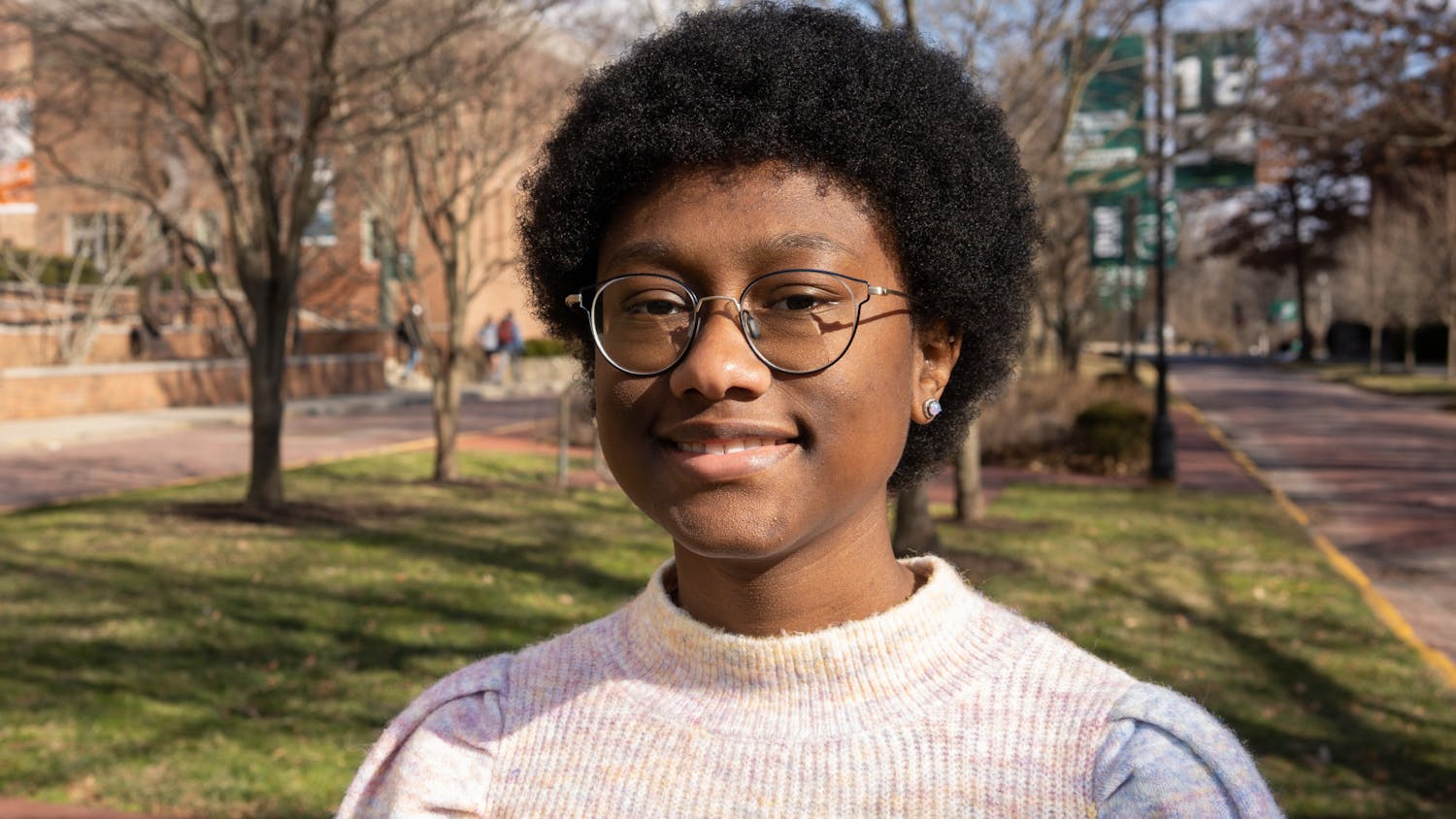When going somewhere for the first time, people often make assumptions about what that place will be like. Whether we like it or not, we have expectations. The good, the bad and the ugly; they’re all expectations.
Let’s talk stereotypes. When I first decided to go to India, not a lot of people understood my decision and there were a lot of questions. Some were genuine questions, and others were stereotypes that we, as Americans, have about India.
I’ve put together a short list of questions that have been asked. After being here for a full month, I think it’s time to debunk some of the most common stereotypes.
"Isn't India hot?"
Somewhere along the way, we as Americans have heard the words “hot” and “tropical” associated with India and have decided that those labels must fit the entire country. It can get pretty toasty during the day, but overall, it isn’t much warmer than our summer months at home. News headlines earlier this summer were claiming temperatures so high that people’s shoes were sinking into the pavement. Now, I’d call that hot. But what most people don’t know is that record-breaking heat was only in a small part of the country. India is so large and diverse that saying the entire country has the same climate would be like assuming North Dakota and Florida experience the same kind of weather.
"How do you use a toilet?"
Let’s face it, it’s something that we all do so naturally it crosses our minds when we travel. The Western-style sit toilets are all over the United States. That is our normal. However, for those of you who aren’t aware, there is another type of toilet found in Asia. The Eastern-style toilet is also referred to as a squat toilet. It’s really not that big of a deal until people start assuming that there are absolutely no Western-style toilets in India. In most places, there are either only Western toilets or a mix of the two. After a month in the country, I have yet to come across a place that only offers the Eastern style. If you travel to India, I do however suggest carrying toilet paper and hand soap with you as some public restrooms do not supply it.
"Do you speak Hindu?"
Language barriers can be a concerning thing when thinking about travelling. When people found out I was going to India, a lot of them asked about it. Some people ask if I am going to learn Hindu while I am here. It can be hard not to laugh at that question, but some people just don’t know. Hindu is the religion, Hindi is the language. Although Hindi is a national language of India, it is not the only one, and it is not spoken at all in some southern parts of the country. There’s even a city called Pondicherry that speaks French and Telugu — no Hindi or English at all! Even though I don’t know Hindi or another Indian language, it doesn’t mean I cannot communicate with people. Most people in the cities speak English; school is taught in English, and it’s not uncommon for Indians to be fluent in three or four languages. There can still be a language barrier, but it is not as extreme as people assume at first.
"Will you be safe there?"
Talking with other foreign students, I’ve found that there is a big misconception of where India actually is in comparison to other countries. Many people assume we are in the Middle East and won’t be safe here. That prompted questions of safety as both an American and a woman. First of all, India is not in the Middle East. It is part of South Asia, and it is a subcontinent in itself. Foreigners traveling to India are as safe as anybody else here. Don’t get me wrong, there are areas of the country that are not safe to be in right now, such as Kashmir (the Indian state between Pakistan and China that has ongoing internal conflict), but as long as you are a smart traveler, you are as safe as any Indian who lives here.
"Aren't you scared of the traffic?"
Traffic in India definitely reflects the insanely large population there. There is never a time there aren’t cars, motorcycles, buses, rickshaws, bicycles and pedestrians on the roads. As crazy as it seems compared to what we have at home, it is a very polite and organized chaos. City driving in India completely disregards road lanes, so as many vehicles wide as will fit can do so, basically moving traffic faster in whichever direction it is needed. All a driver has to do to pass someone is to honk to let them know that they’re there, and the other driver moves out of the way. Crossing the street can seem like a massive game of chicken if you choose to look at it that way, but you just have to trust that the drivers are aware of their surroundings and aren’t going to hit you.
Coming to India has not been the smoothest of transitions; it requires some serious adjustments. However, understanding that those questions only represent stereotypes we have of the country and they do not show the reality of life in India helps. We all know stereotypes are based in a slight truth, but never actually show the reality, so take any information you find with a grain of salt. No country is homogeneous in its language, religion, class or culture, and India is no exception.
Sarah Strinka is a junior studying global studies: war and peace and political science at Ohio University. Do you have a question for Sarah about India? Email her at s452713@ohio.edu






